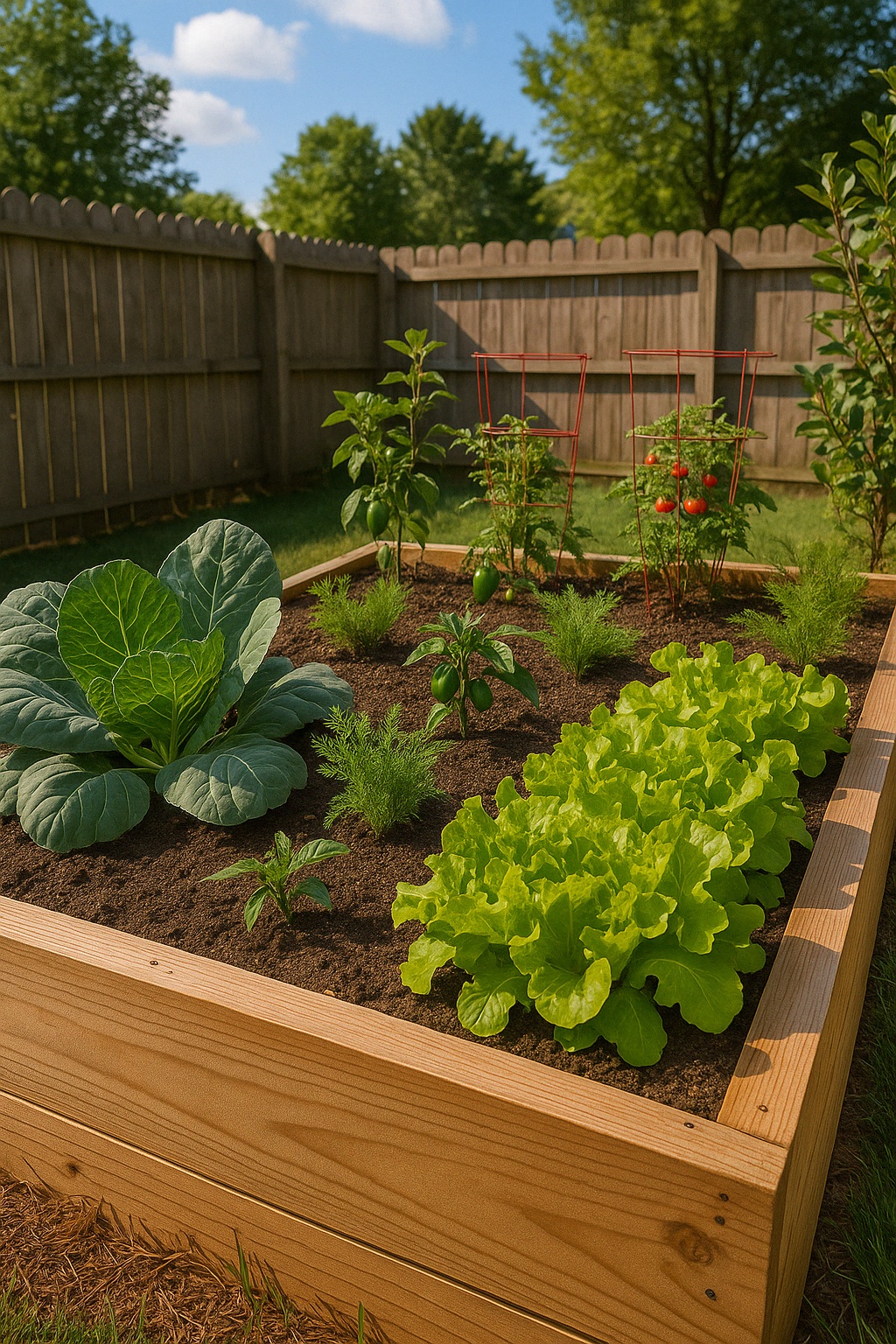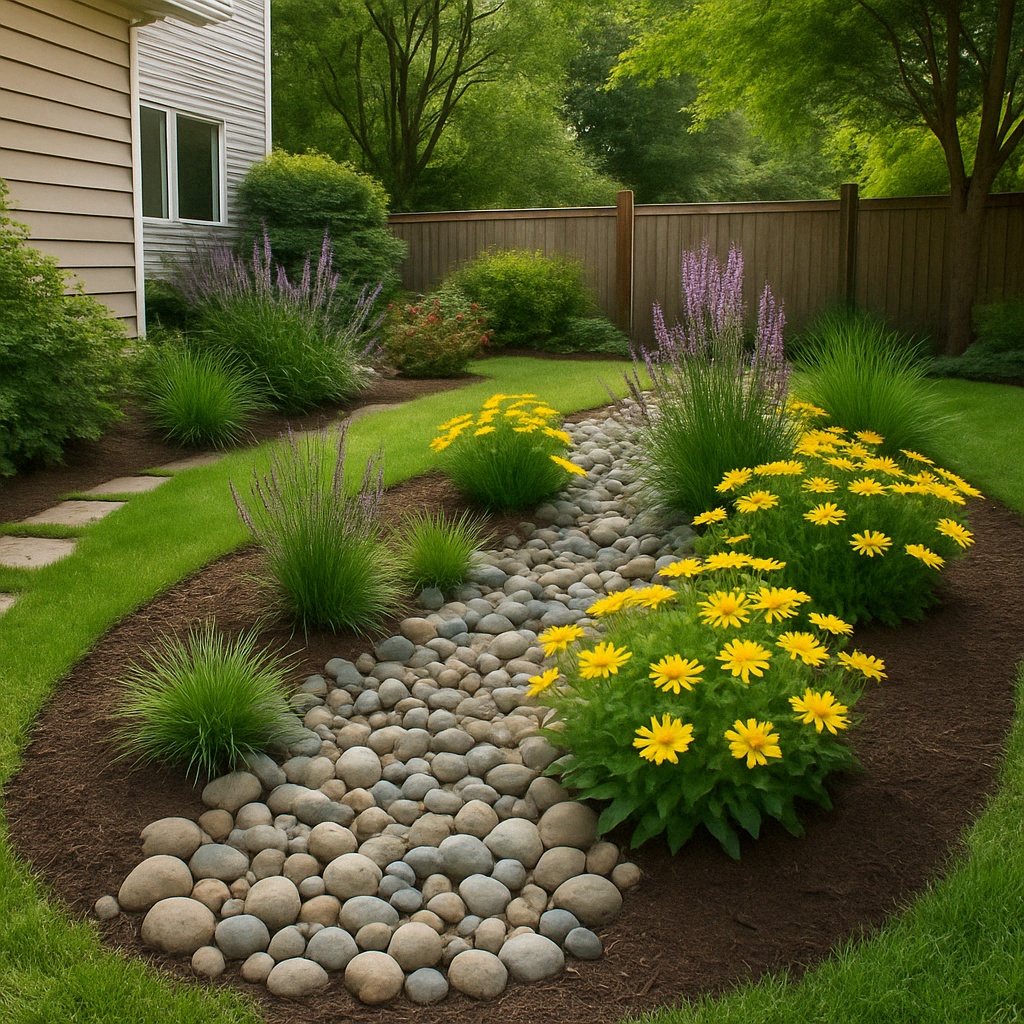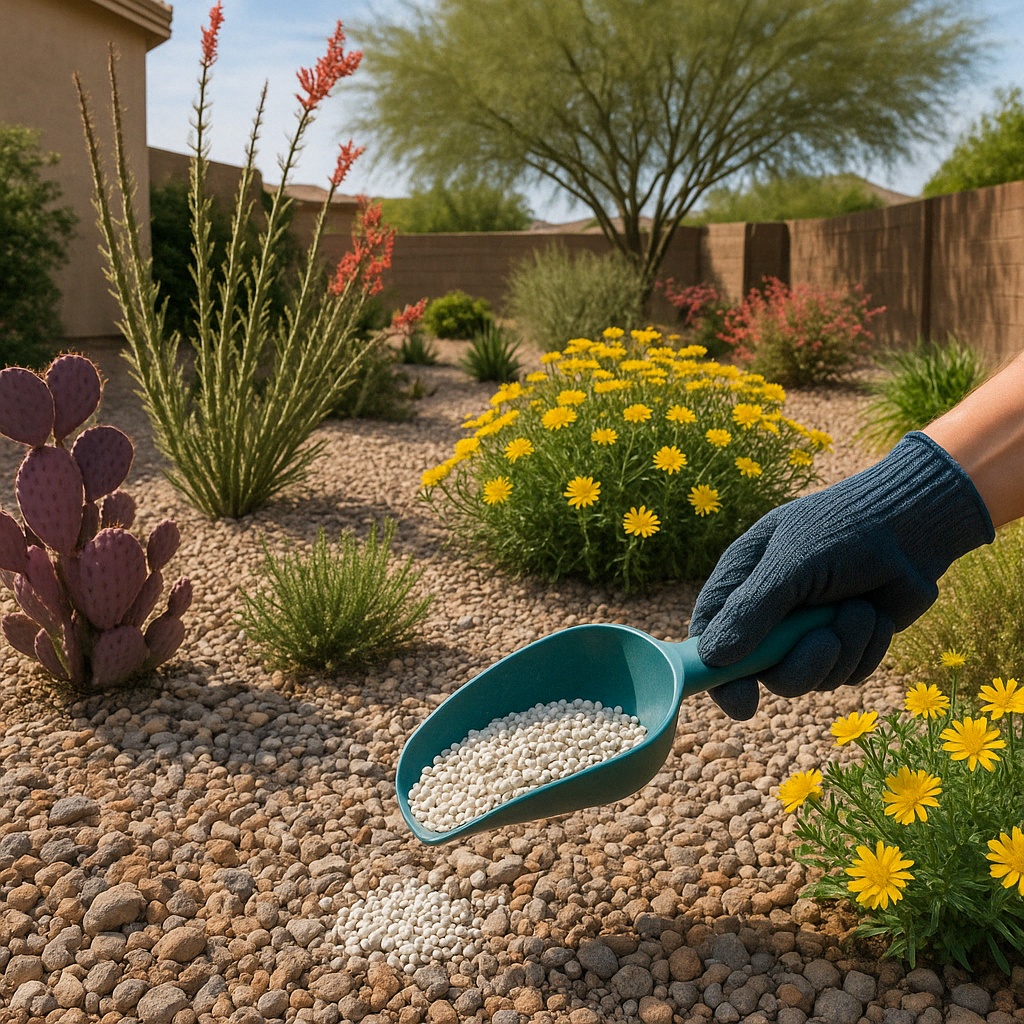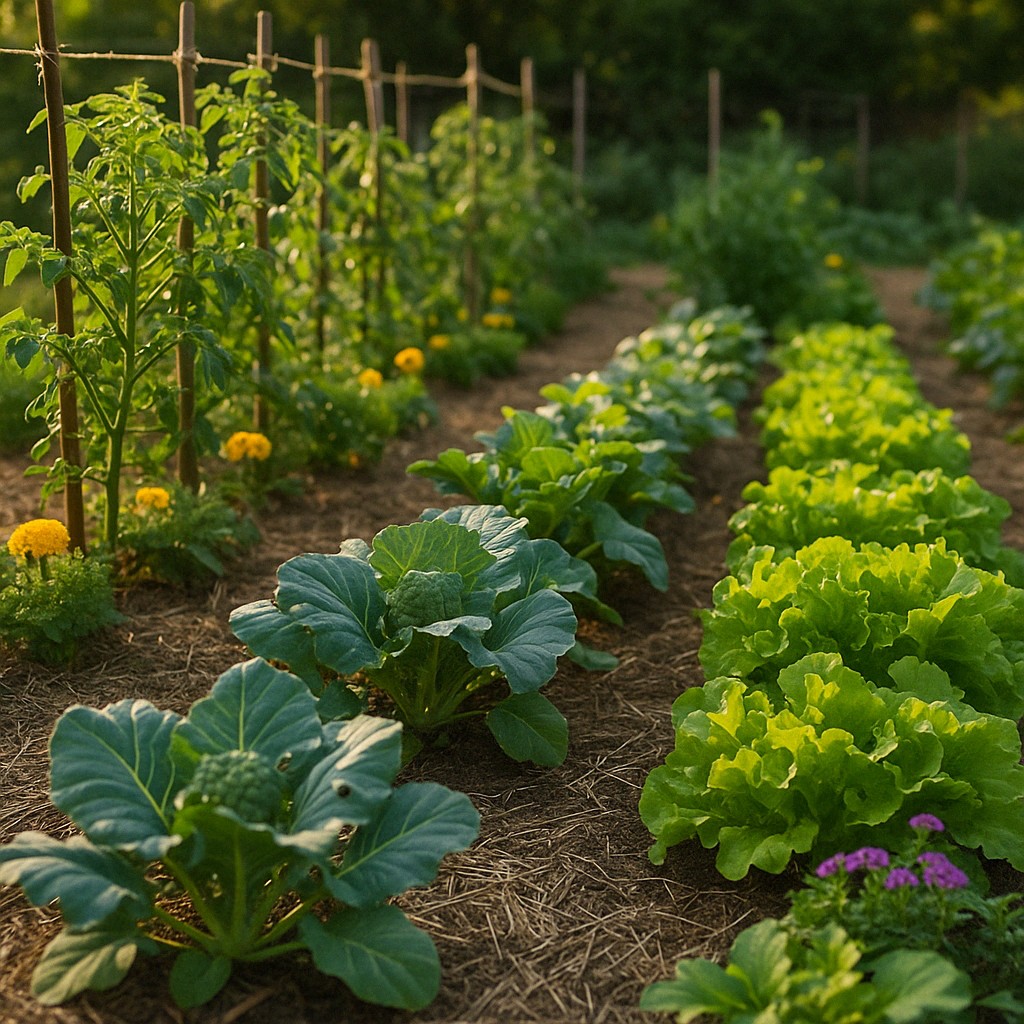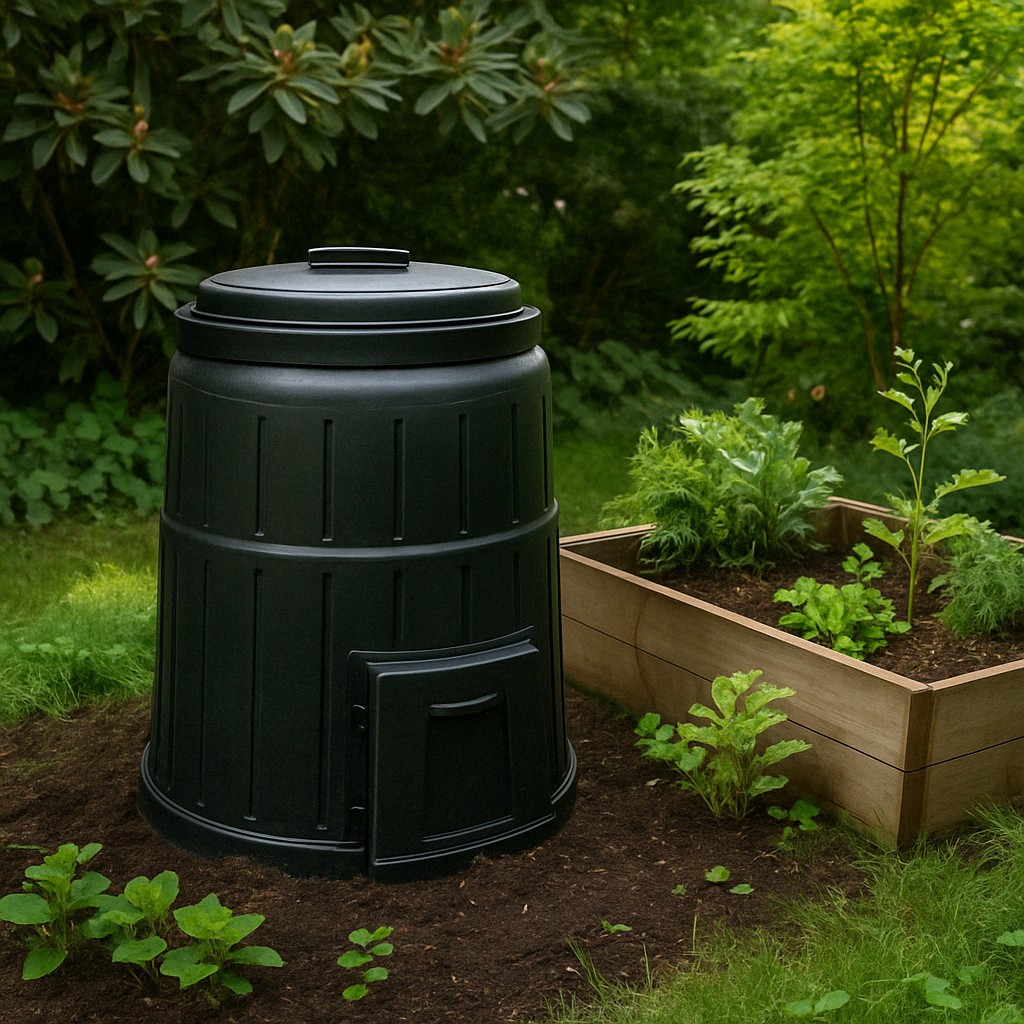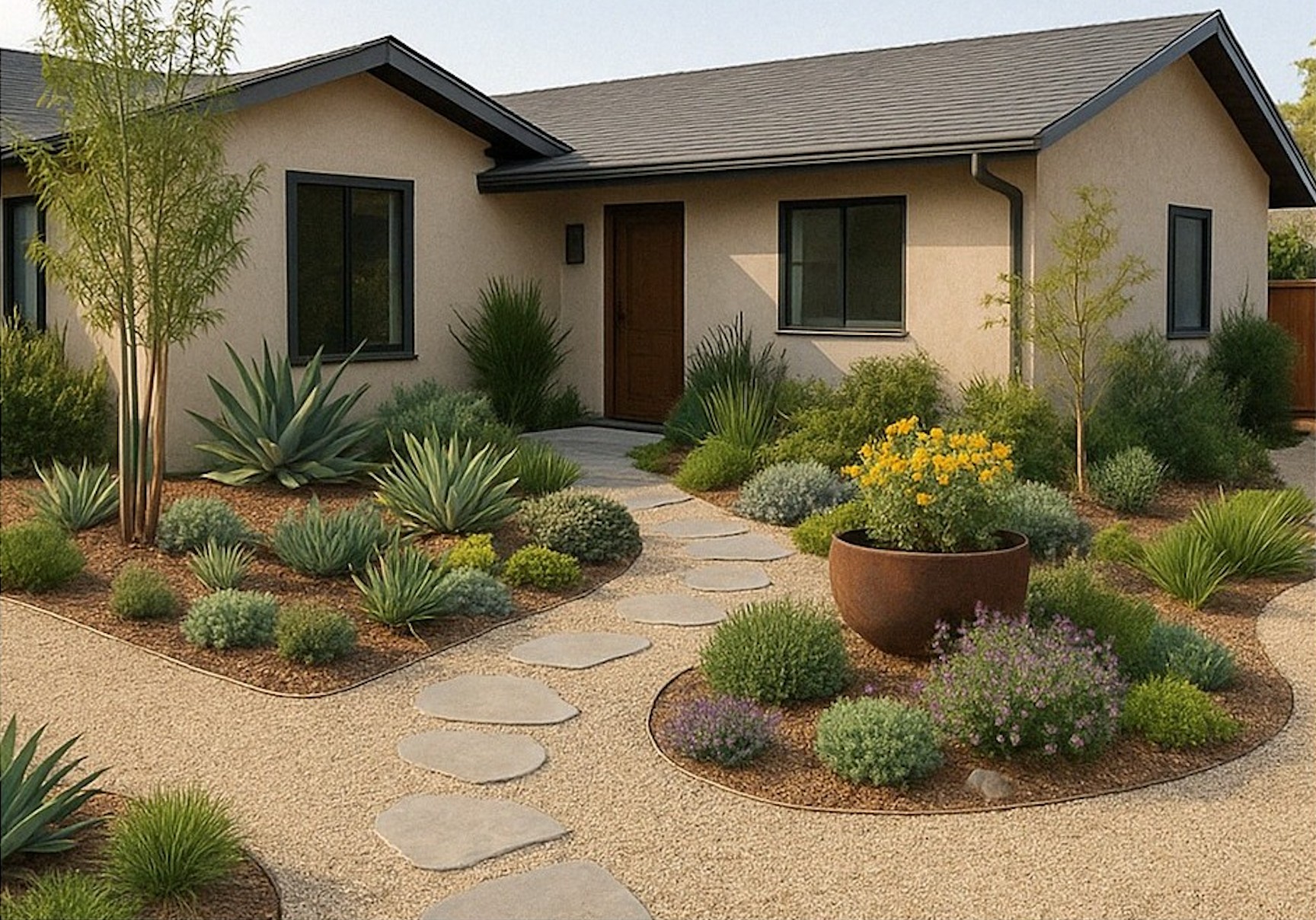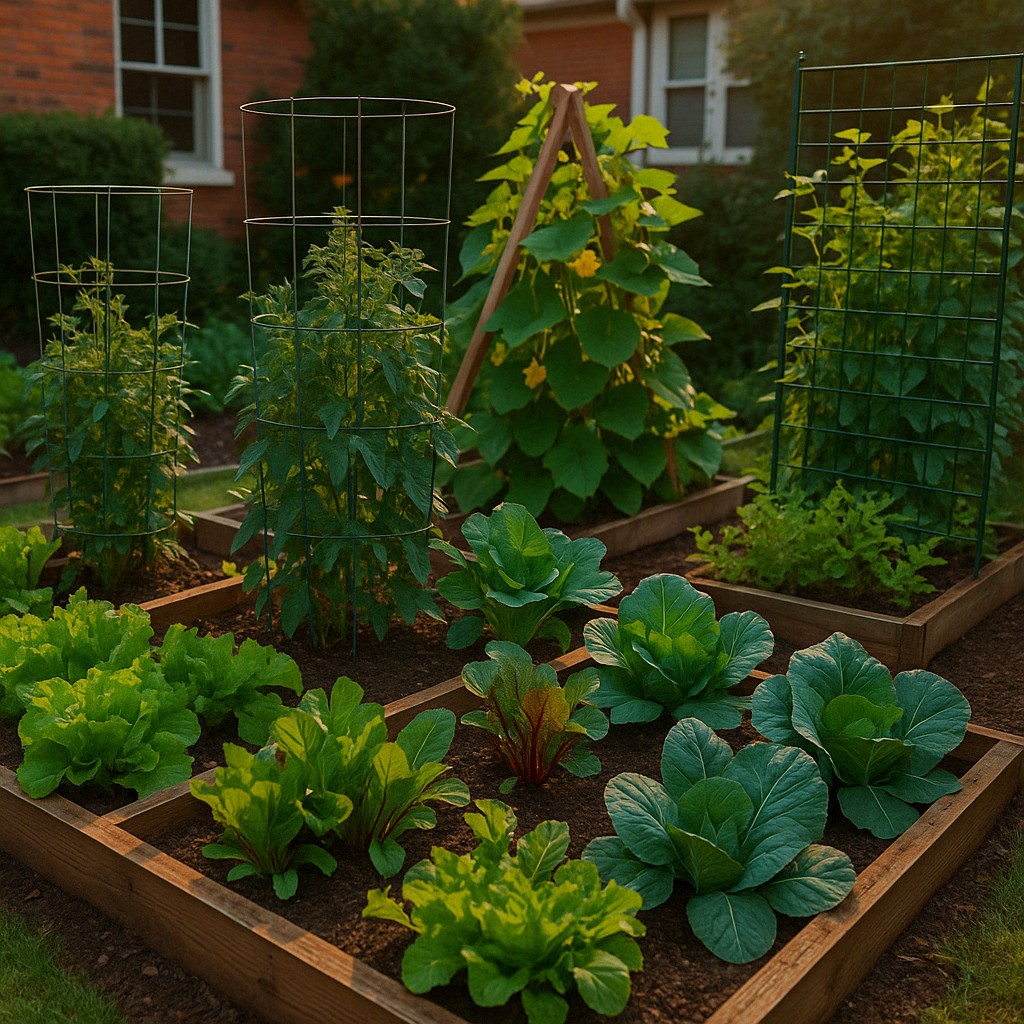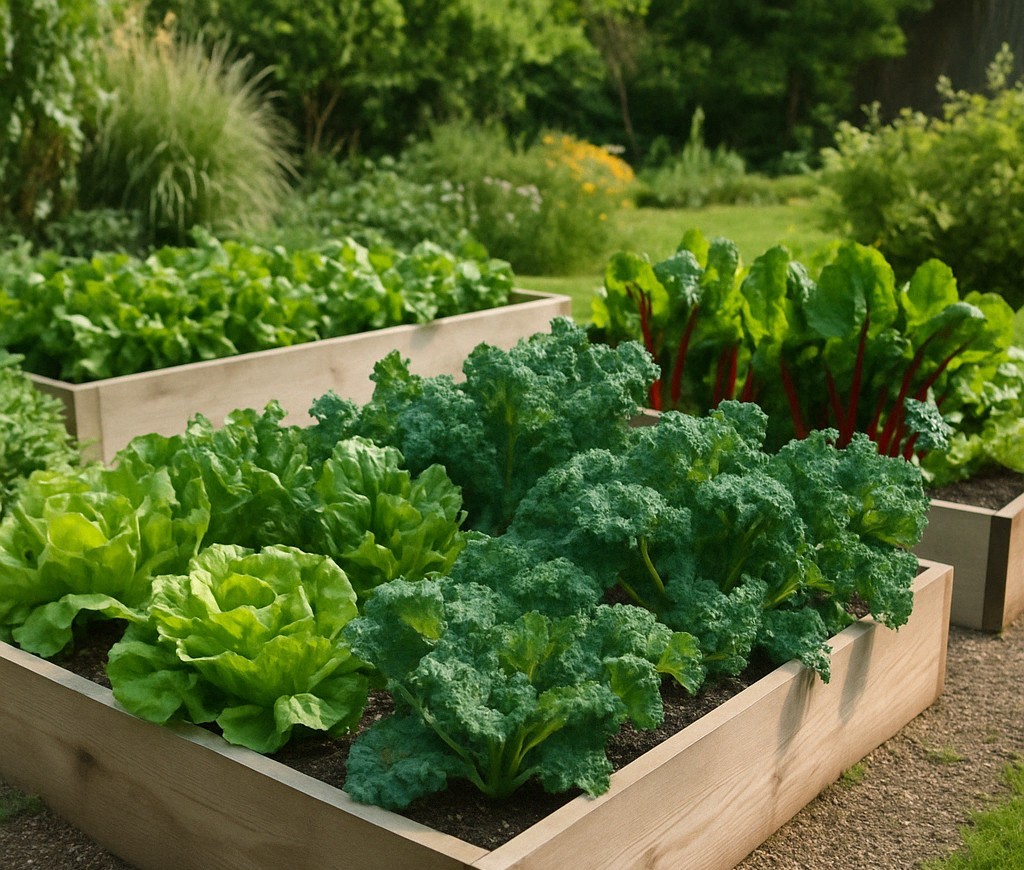Container gardening is a perfect fit for San Diego’s sunny weather, small yards, and water-wise mindset. Whether you’re working with a balcony, patio, or a tiny urban yard, you can create lush, productive gardens in pots — with style and simplicity. Here’s how to make your container garden thrive in the spring sun.

Why Container Gardening Works in San Diego
With limited rainfall and small outdoor spaces, container gardening is one of the most flexible and water-efficient ways to grow in San Diego. It lets you:
- Grow plants in spaces where traditional gardening isn’t possible
- Control water use and soil quality
- Move plants to find the right sun or shade exposure
- Update your garden layout with the seasons
Choosing the Right Containers
- Material matters: Terra cotta breathes well but dries quickly. Plastic retains moisture longer and is lighter for balconies or railings.
- Drainage is a must: All containers should have holes — soggy roots are a death sentence for most plants.
- Think vertical: Use hanging baskets, wall planters, and tiered shelves to maximize space.
Best Plants for Container Gardening in San Diego
Stick with plants that love sun and don’t need constant watering. Some great options include:
- Succulents: Echeveria, aloe, agave, and haworthia
- Herbs: Rosemary, thyme, oregano, and basil thrive in small pots
- Edibles: Cherry tomatoes, chili peppers, lettuce, and strawberries do well in raised containers
- Flowers: Lantana, geraniums, and African daisies add color and attract pollinators
How to Keep Containers Thriving in Spring Sun
- Water deeply but less often: Let the top inch of soil dry out between waterings
- Use potting mix, not garden soil: It’s lighter, drains better, and helps prevent rot
- Fertilize monthly: Nutrients wash out faster in pots — use a slow-release or liquid fertilizer
- Rotate your pots: Ensure even sun exposure and healthier growth
Designing with Containers
Use a mix of heights, textures, and colors to create interest. Group containers in odd numbers, use vertical accents like trellises, and consider matching your pots to your home’s aesthetic. You don’t need a huge yard — just a little creativity.
Want more San Diego gardening tips? Explore our Low-Maintenance Lawn Alternatives for San Diego or download your April Yard Checklist to stay on schedule.


